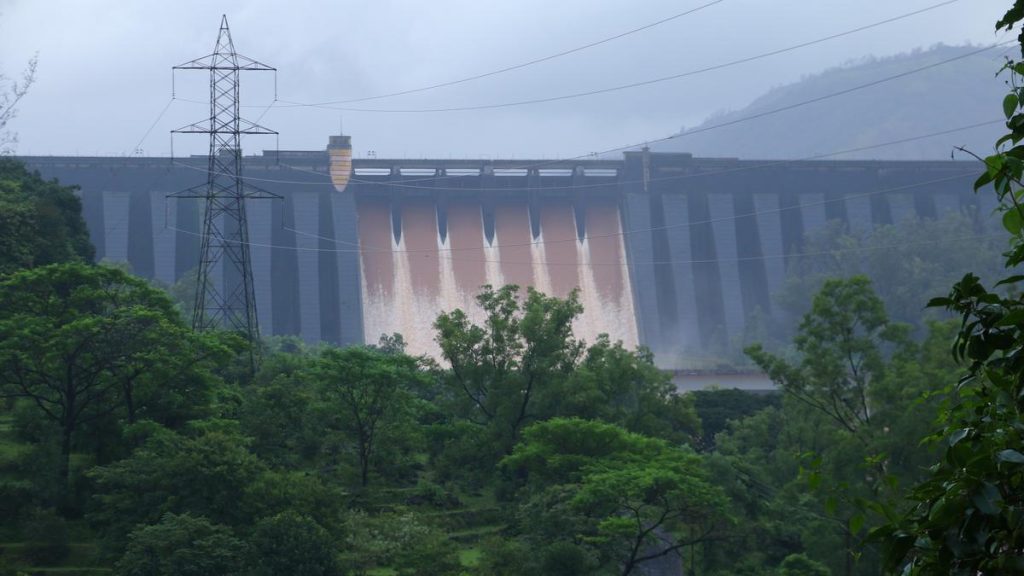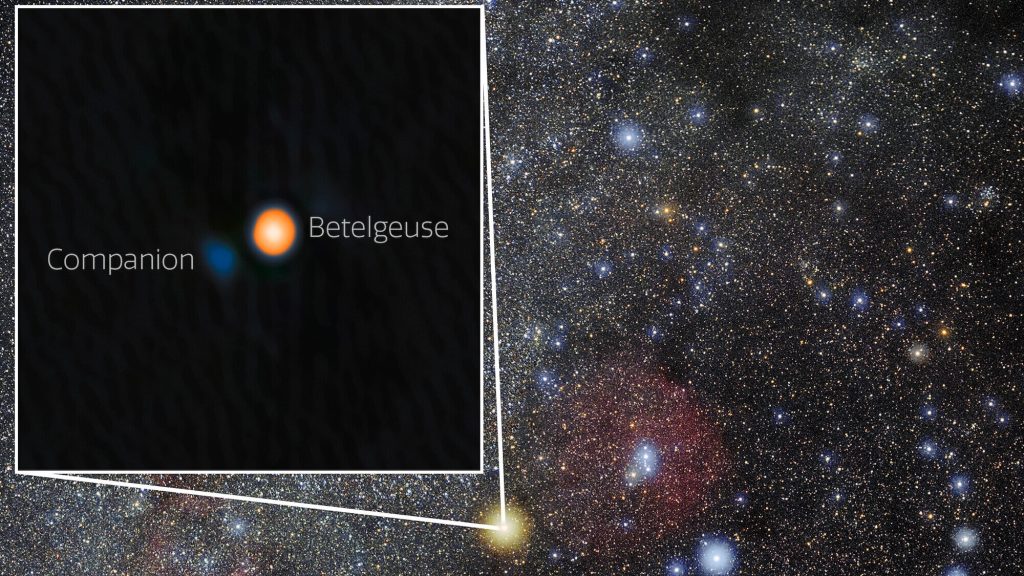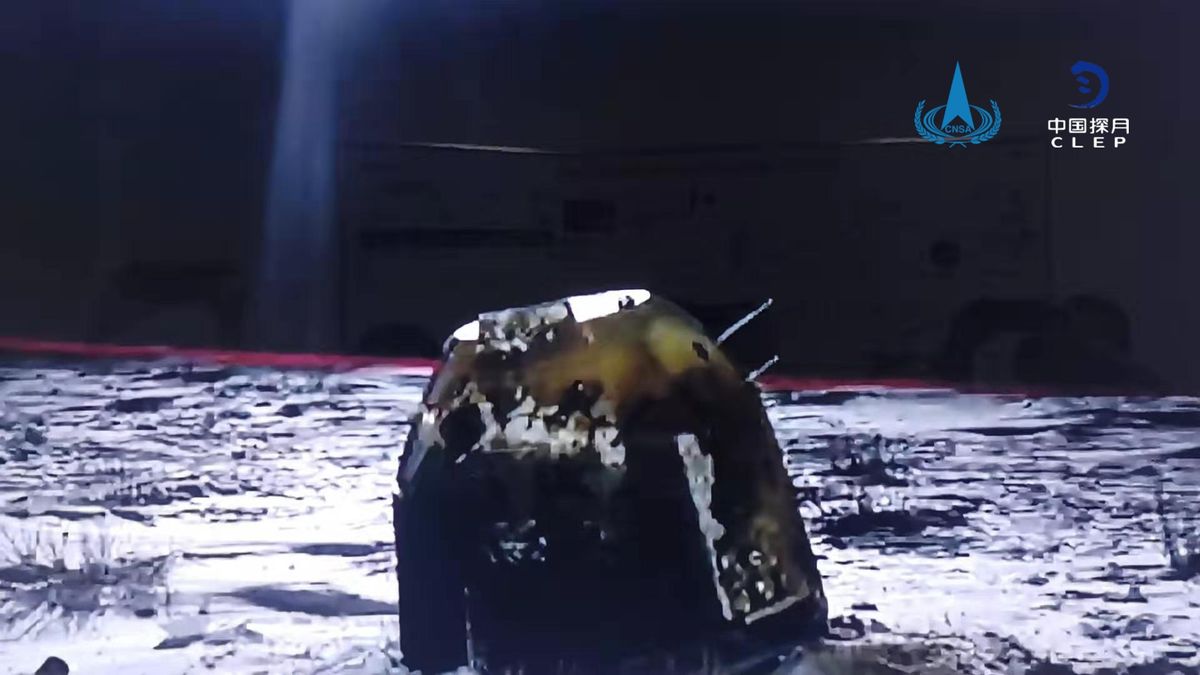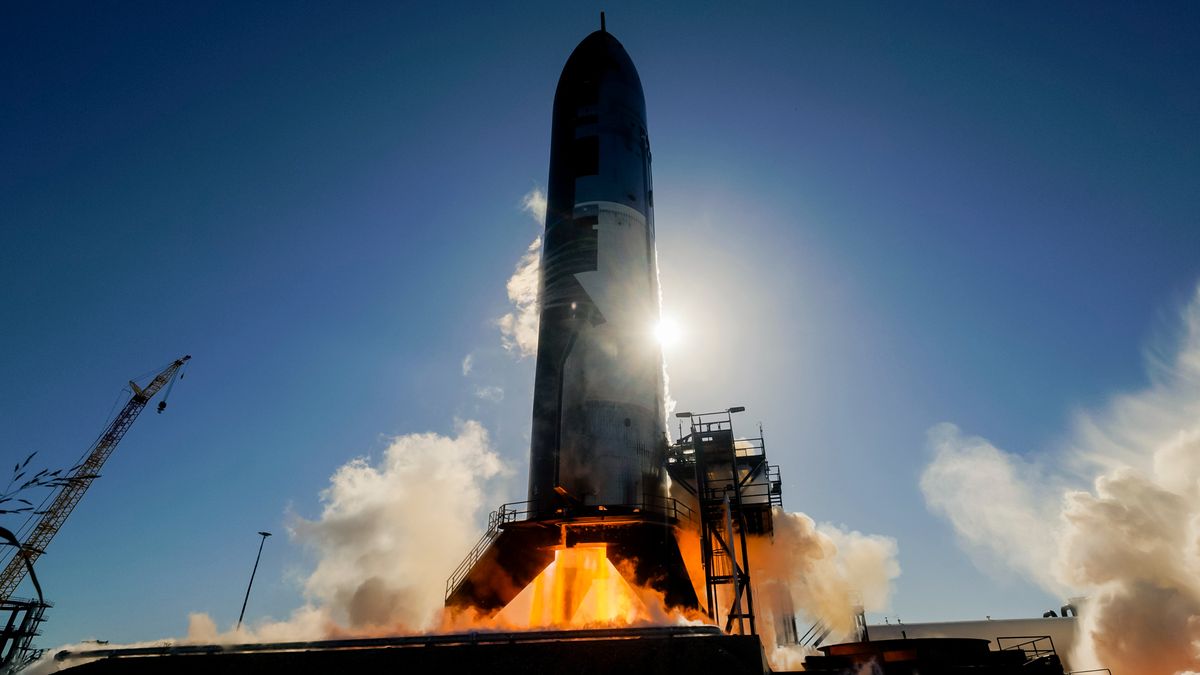Now Reading: NASA’s Europa Clipper Captures Eerie Thermal Image of Mars on Journey to Jupiter
-
01
NASA’s Europa Clipper Captures Eerie Thermal Image of Mars on Journey to Jupiter
NASA’s Europa Clipper Captures Eerie Thermal Image of Mars on Journey to Jupiter
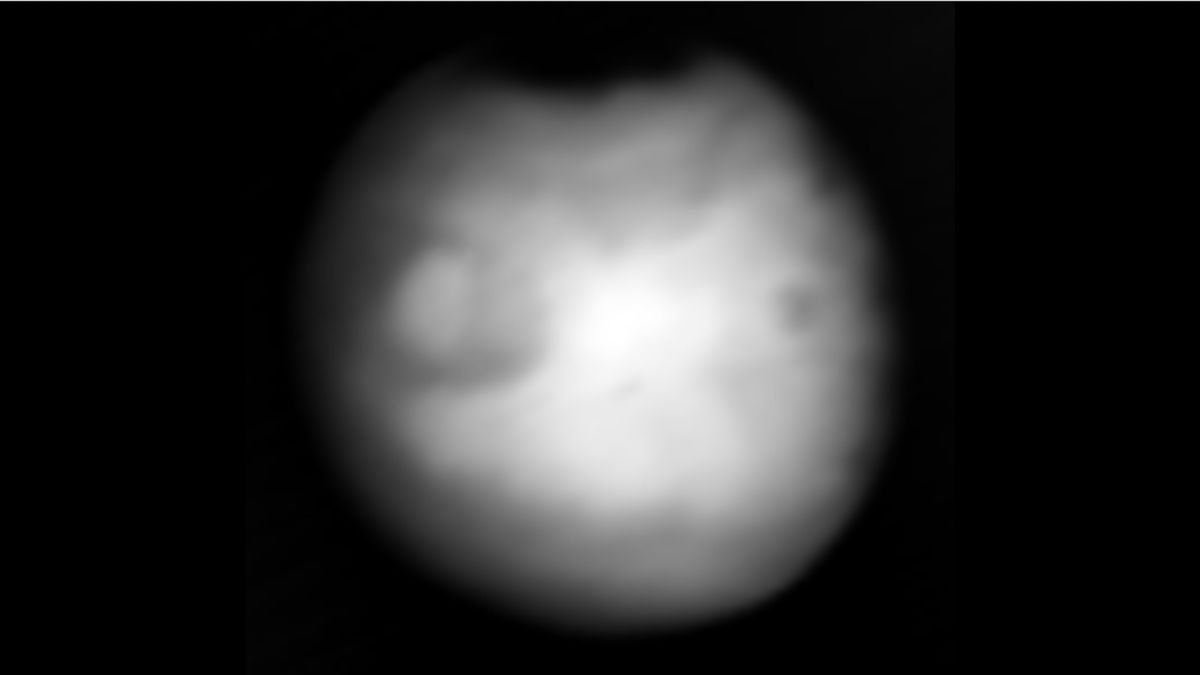
Rapid Summary
- Event: NASA’s Europa Clipper spacecraft completed a close flyby of Mars on march 1, 2025.
- Purpose: The flyby helped fine-tune instruments onboard the probe, including E-THEMIS (Europa Thermal Imaging System), which will study geologic activity and subsurface ocean features on Jupiter’s moon Europa.
- Details:
– Close approach at just 550 miles (884 km) above the Martian surface.
– Performed gravity assist to adjust orbit and reduce speed ahead of its journey to Jupiter.
– Over an 18-minute span, E-THEMIS captured over 1,000 infrared images later compared with thermal maps from NASA’s Mars Odyssey orbiter for accuracy verification.
- Scientific Goals for Europa: Detect hotspots beneath Europa’s icy shell and locate subsurface oceans near the surface by scanning temperature variations across fractures and ridges.
- Additional Milestone: Preliminary tests of Clipper’s radar instrument were performed during this maneuver with promising telemetry results.
- Next Steps: The spacecraft will perform another gravity assist using Earth in 2026 before entering Jupiter’s orbit in April 2030 to begin its investigation of Europa via close flybys.
Indian Opinion Analysis
The successful Mars flyby highlights significant advancements in interplanetary spacecraft precision navigation-critical for India’s growing space ambitions as evidenced by recent missions such as Chandrayaan and Aditya-L1 satellites. This maneuver demonstrates how innovative orbital strategies can reduce energy usage while ensuring scientific opportunities are maximized-a lesson valuable to emerging space programs globally.NASA’s focus on optimizing instruments during transit reinforces sound engineering practices that align well with ISRO’s ideology of cost-effective solutions paired with reliability-a principle showcased notably through India’s Mangalyaan mission at Mars earlier at a fraction of global budgets.
The exploration efforts aimed at detecting life-supporting conditions like sub-surface oceans also resonate emotionally with India’s past curiosity about extraterrestrial capabilities within celestial bodies driven from ancient cosmological traditions cited even emphasized literature rooted back Mahabharata spec willingness open knowledge ensures future but long term tech progress definite asset neutrally relevant:+) !


